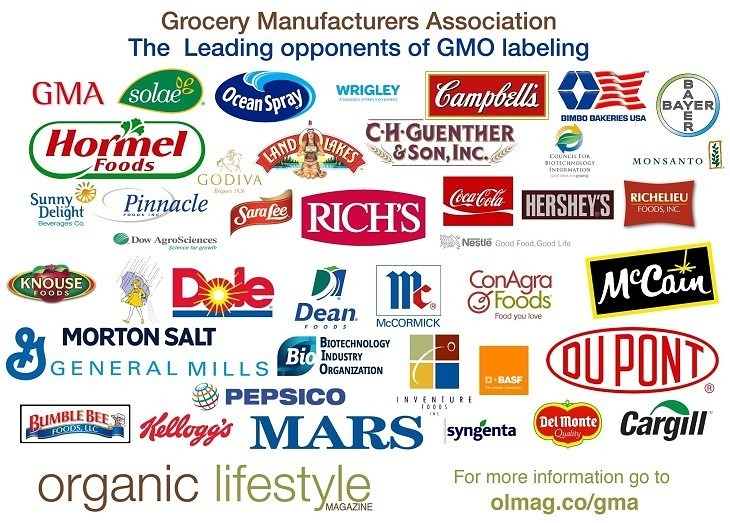“The doctor of the future will give no medication, but will interest his patients in the care of the human frame, diet and in the cause and prevention of disease. ~ ”
― Thomas A. Edison
Becoming a doctor of chiropractic is no small undertaking. In most states it requires eight years of schooling – four years of undergraduate study, mostly focusing on the sciences and four years of chiropractic school. On average, chiropractic school requires 372 more hours of classroom time than medical school. More time is spent studying anatomy, physiology, diagnostics, and orthopedics in chiropractic school than in medical school. In addition, twenty hours of continual training is required each year, but most chiropractors get more.
Chiropractors are well-educated healers who have varied opinions on vaccines and pharmaceuticals. But, trained in medicine, with a more holistic perspective, chiropractors tend to be, on average, a great deal more skeptical of vaccines than physicians.
The following chiropractors are speaking up to inform the public about the dangers of vaccines.
 Dr. David Jockers, D.C.
Dr. David Jockers, D.C.
Vaccines are one of medicine’s prized attempts to improve human performance. They use artificial laboratory derived medical technology to produce an immune response within the body in hopes it will lead to a long-term positive antibody response.
The vaccine ideology is based on the belief that people are created with inferior immune systems that are unable to keep up with the demands of the environment and need modern technology in the form of man-made vaccine formulations in order to bolster immunity.
According to the Centers for Disease Control, “The following substances are found in flu vaccines: aluminum, antibiotics, formaldehyde, human aborted fetal apparatus (dead human tissue), monosodium glutamate (MSG), and thimerosal (mercury).” Many of these same ingredients are in childhood vaccines. They are all very toxic for human physiology and have a track record for insulting the body’s immune system.
I would prefer to trust the innate ability of the body to overcome infectious microorganisms and I will fully support my body through healthy diet and lifestyle along with natural supplements and proper spinal alignment. I absolutely reject the idea that injecting a group of toxic, immune insulting chemicals into my bloodstream will improve someone’s long-term immune response.
Corrective Care and Chiropractic 

 Nancy Tarlow, D.C.
Nancy Tarlow, D.C.
When you inject chemicals into your body that are toxic, there will be an effect. It may not be obvious at first. A child might have a fever that the doctor says is “normal”, but it isn’t. A fever or screaming could be that the brain is swelling and causing damage. The real problem is that children cannot convey to us how they feel. It’s not like an adult who can tell us that they felt great prior to a vaccination but then started having health problems.
mBody Health Chiropractic & Nutrition 

Dr. Haroot Tovanyan, D.C.
https://www.youtube.com/watch?v=8KPtPTy2bfg
I am a doctor of Chiropractic and I primarily work with autistic children.
… Every single parent in my practice that has an autistic child has the same story. Child was born normal; child was developing normal. Child went in for their 12-month, 18-month, normal usually 24 or 36-month shots and regressed. This may be anecdotal, but when you hear it over and over and over again, there’s something to be said. These are children that have severe neurological issues. They’re not verbal; 8-10-year-old children that are still wearing diapers.
I have a quadriplegic niece in my family who received 4 shots, a total of 10 vaccines in 1 day. She was born normal. She developed normal until about a year and a half. At a year and a half she received 4 shots, 1, 2, 3, 4, and she … This was 1990 when they started doing multiple vaccines and they also quadrupled the number of shots that you’re normally receiving. She basically regressed. She’s a vegetable. I mean, she became a quadriplegic. Nowhere in nature would your child go to get exposed to let’s say 6 or 7 or 8 or 9, or in the case of my niece, 10 viruses and bacteria at the same time.
In nature that just doesn’t happen. They don’t co-exist like that. It’s not natural to put a combination of vaccines, combinations of viruses and bacteria that just don’t belong together or don’t co-exist in nature in a vial and inject it into a child and expect them to be healthy. The CDC schedule has never been tested for safety. There have never been double-blind studies. It’s never been tested for synergistic effect. They’ve refused to study un-vaccinated versus vaccinated.
This is one of the biggest problems that I have with vaccines. I have a 5-year-old beautiful daughter and I have a 3-year-old son, handsome, that are very healthy. They have been sick. They’ve had the common cold here and there. They’ve never had the flu, no ear infections.
Majority of children that are vaccinated, they have chronic ear infections. One of the ways that I know that they’re different from the majority of other children is my son is 3 years old and in daycare out of all the other 3-year-olds, he’s pretty much the only one that has a full vocabulary. It just tells you the difference between vaccinated children, which is the majority of the population, in California 97%, compared to un-vaccinated children.
We detoxify them and get these toxins out of their body that were put in there by vaccines and other environmental factors. Genetically modified foods and glyphosate have a lot to do with it as well. When we change their diet, first and foremost, we detoxify them, we see the children improve. I have several children under my care that went from non-verbal to verbal.
…They completely change. They become more focused. They develop cognitive skills again. They want to be social. It’s really rewarding to see a child and a parent; a parent that has lost all hope and usually us Chiropractors are the last resort for most parents that have autistic children. It’s really rewarding to see them … They’re like the sparkle in their eye when the children are improving, when their children are starting to talk. When their children are able to go to the bathroom on their own, and their 12-year-old son or daughter doesn’t have to wear diapers any more. For the average neuro-typical child, this may not be tremendous successes, but for a child that’s a teenager and isn’t talking, these are huge steps, leaps and bounds forward compared to what they’ve experienced. Most pediatricians meanwhile, they become doctors to help patients, to help children be healthy, but they’re also misinformed. They just don’t know.
…I’ve asked our pediatrician, “What’s in a vaccine?” They don’t know. They just don’t know the risk that carries with them. If I were a parent and I was on the fence, I would definitely read books. “Vaccination Is Not Immunization,” “Educate Before You Vaccinate.” Also, read the vaccine insert. Just compare what your protecting against and what the possible side-effects might be. Honestly, if something in those is really good for you, Uncle Sam would not mandate it. That’s just the way I feel. If something was going to make us healthier, I don’t think they would make it mandatory.
Kare 4 Kids Chirpractic 
Dr. Greg Cartmell, D.C.
…As a clinician, on a day-to-day basis, I educate my patients on health and maintaining health and preventative health and to be clear with families and be clear with the parents in making informed choices about vaccinating their children. It’s very important to me.
I’ve seen some tragedies, I’ve seen before and afters. About 6 years ago, I had a patient come in with her daughter who was just vibrant, bouncing off the walls, perhaps 2 at the time, and just very sweet and loving and accepting my adjustments, the whole family. She received her boosters. I hadn’t seen them in about 6 months, and she had developed autism, full blown autism to where she had to go to a speech therapist. She was afraid of me; whereas, before, she was very smiling and calm and bright and talkative, and she was afraid of me. It was disheartening, to say the least. It was almost as if the light switch had flipped off on her.
… Just recently, I had a little boy come in, working on his neck area, he’s clicking and popping in his neck and jaw. Again, maybe 6 years old, 6 or 7, came in, I started working on him. He was very responsive, loved the chiropractic. He came in one day with his folks because his folks were getting adjusted as well, and he seemed off. He seemed like he was staring off into space, comatose. They had to explain that he just came from the pediatrician and gotten a booster shot. It was clear that something had taken place.
It was just hard to describe other than just comatose.
…It was just very, very hard to believe the difference in these children, and it’s disheartening. If you’re a parent, I strongly urge you to please do your research. Look at both sides. I urge you to look at vaccination injury and the stats on that and look into the ingredients and look into the reasons why they think they need to do a vaccination schedule as they propose.
Healthgrades® 

Dr. David LaRocco, D.C.
 Apparently people just want to bully you into believing vaccines are all sunshine and rainbows.
Apparently people just want to bully you into believing vaccines are all sunshine and rainbows.
…I’m not a vaccination expert.
I don’t care about the vaccine debate. I care about the truth. I care about the safety, I care about the effectiveness. I’m solely here to empower and educate people on how they can promote health and happiness in their life.
…Doctors are great people and they truly care but when was the last time your doctor actually showed you the insert of the chickenpox vaccine? I highly doubt they even know what it looks like.
I know what it looks like because I’ve taken the time to educate myself.
…I stand firmly against injecting aborted fetal tissue and anti-freeze into my body or my children’s body.
The Greater Wellbeing 

Conclusion
Check out further reading below for more on this subject and other articles within the series. If you’ve been vaccinated, see How To Detoxify and Heal From Vaccinations – For Adults and Children.
Further Reading:
Sources:







